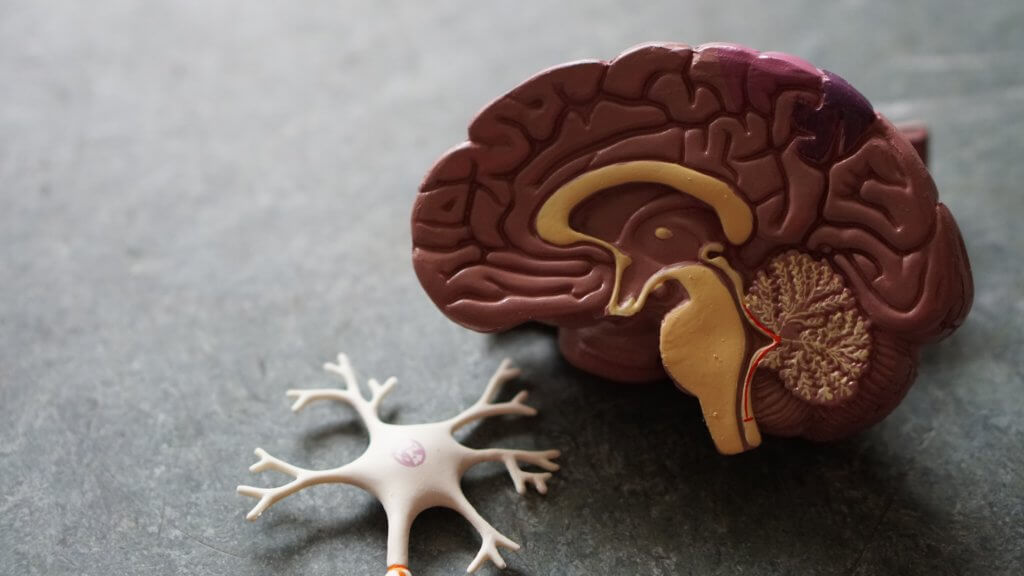A brain “switch” that controls body temperature has been identified by scientists.
It lies in the POA (preoptic area of the hypothalamus) – and acts much like a thermostat in your home. The region contains a group of cells known as EP3 neurons. In healthy individuals they respond to stimuli to keep the body within one or two degrees of 98.6F.
The discovery opens the door to developing therapies that adjust heat, combating stroke, hypothermia and obesity. There is also potential for helping people cool off during heatwaves, a growing problem due to global warming.
“Probably, EP3 neurons in the preoptic area can precisely regulate the signal strength to fine-tune body temperature,” says lead author Kazuhiro Nakamura, of Nagoya University in Japan, in a statement. “For example, in a hot environment, signals are augmented to suppress sympathetic outputs, resulting in increased blood flows in the skin to facilitate the radiation of the body’s heat to prevent heat stroke. However, in a cold environment, signals are reduced to activate sympathetic outputs, which promote heat production in brown adipose tissue and other organs to prevent hypothermia.”
The “station” controls vital functions. For example, it is turned on by signals from a protein called PGE2 (prostaglandin E) produced in response to infections.
Body temperature is raised to fight against viruses, bacteria and other disease-causing organisms.
“Furthermore, at the time of infection, PGE2 acts on EP3 neurons to suppress their activity, resulting in activation of sympathetic outputs to develop fever,” says Nakamura.
When body temperature noticeably deviates from the normal range, functions are impaired, which could lead to heat stroke, hypothermia and even death.
The study in Science Advances shows these conditions might be treated if body temperature can be artificially altered back. It was based on experiments in rats whose comfortable environmental temperature for is around 28°C.
For two hours, the researchers exposed the lab rodents to cold (4°C), room (24°C) and hot (36°C) temperatures. Results showed exposure to 36°C activated EP3 neurons, while exposure to 4°C and 24°C did not.
The group then observed nerve fibers of EP3 neurons in the preoptic area to identify where the signals are transmitted. Observations revealed nerve fibers are distributed in various brain regions, particularly the DMH (dorsomedial hypothalamus) which triggers the sympathetic nervous system.
Analysis also found the substance EP3 neurons use for the signal transmission to DMH is GABA (gamma-aminobutyric acid), which blocks neurons. Genetically engineering activity led to a fall and suppression an increase in body temperature.
Results indicate EP3 neurons regulate body temperature by releasing GABA to send inhibitory signals to DMH neurons to control sympathetic responses. Interestingly, it has potential for the treatment of obesity, by keeping body temperature slightly higher than normal to promote fat burning.
“On top of that, this technology could lead to new strategies for survival of people in hotter global environments, which are becoming a serious worldwide problem,” adds Nakamura.
Report by Mark Waghorn, South West News Service












